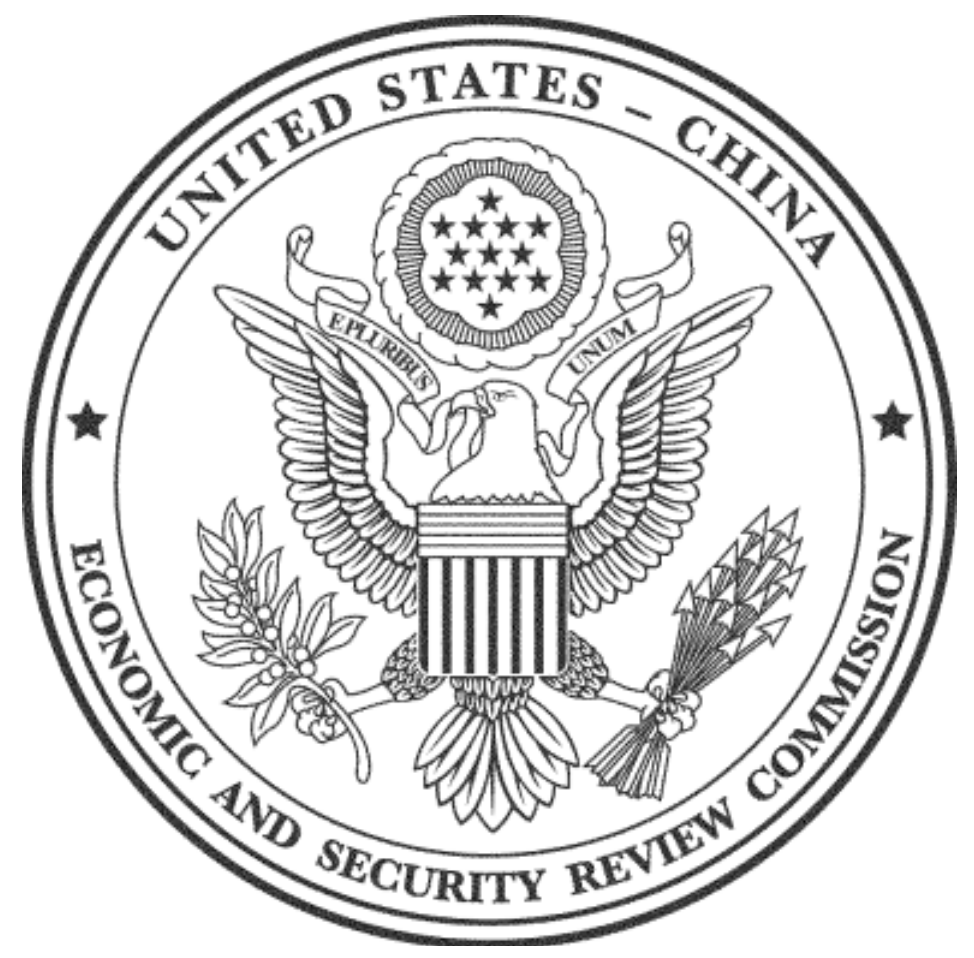Blog Post
A compelling case for Chinese monetary easing
A successful Chinese economy needs both structural reforms on the supply side to enhance potential growth, and a nimble monetary policy to fully exploit such potential on the demand side. Guonan Ma discusses six reasons why China ought to ease its monetary policy stance.
A successful Chinese economy needs both structural reforms on the supply side, and a nimble monetary policy on the demand side
Despite unmistakable signs of messy but meaningful monetary easing since last May, a puzzling debate is still raging over whether China should persist with painful but eventually rewarding economic reform or ease monetary policy to stabilise short-term growth. The puzzling question is why one should have to make a stark choice between them instead of sensibly combining the two. In my view, a successful Chinese economy needs both structural reforms on the supply side to enhance potential growth, and a nimble monetary policy to fully exploit such potential on the demand side. I discuss below six reasons why China ought to ease its monetary policy stance.
This policy debate is everywhere in the Chinese media, with the two most powerful Chinese official news agencies China Xinhau News and People’s Daily pitching two opposing views. Against a broad background of a slowing economy, low inflation and increased financial stress in China, the contrast between the two competing camps is crystal clear.
One camp believes that monetary accommodation hampers economic reforms, worsens the imbalances in the Chinese economy and simply promotes unsustainable short-term pseudo-growth at the expense of sustainable long-term development. This camp’s main arguments appear to be that economic reforms and structural adjustments are necessarily painful and that the recent slowdown is mainly structural and healthy. Thus monetary easing is not only a show of no confidence in economic reform but also an attempt to sabotage economic reform — a scary accusation in China nowadays.
The opposite camp thinks that sensible monetary easing complements economic reforms, supports growth, facilitates structural adjustments and mitigates financial risks. Reform is not a sacred cow but a means to improve living standards for the majority of the Chinese population. Cyclically or structurally, there a very strong case for timely and measured monetary accommodation as risk management. The Chinese economy is unbalanced, but one doesn’t need to strangle it in order to rebalance it. Indeed, quite the contrary.
This ongoing controversy in China looks odd and even a bit funny, especially viewed through the lens of the US, the euro area and Japan, where the consensus view is that both aggressive demand support policy measures and strong structural reforms on the supply side should go hand-in-hand. And why not?
A similar case can also be made for China, in my view.
First, in the wake of the global financial crisis, the Chinese central bank (PBC) has unquestionably tightened the most relative to the big four central banks of the US Fed, European Central Bank, Bank of Japan and Bank of England. In other words, the PBC has been quite restrained, while the other big four central banks have pursued aggressive monetary accommodation. There is little doubt that the relatively tight Chinese monetary policy has considerably redistributed global demand away from domestic to foreign products. Thus to loosen its relatively tight monetary policy, China ought to ease.
Second, China’s financial conditions have also tightened the most since the global financial crisis among the big five economies of the US, euro area, Japan, the UK and. The financial condition indices here are a weighted sum of short and long-term interest rates, exchange rate and stock market indices. The tighter Chinese financial conditions could in part be policy-induced and in part relate to other institutional and fundamental changes in the Chinese economy, potentially contributing to slower economic growth. In any case, as an insurance policy, China ought to ease.
Third, the famed Taylor rule suggests that Chinese monetary policy was too tight before its latest easing. China undershoots it inflation target. Whether the economic slowdown is structural or cyclical, the equilibrium real interest rate should decline, but instead actual real rates have been rising for quite a while, as can be seen from the higher and more volatile real long-term Chinese government bond yields. Although the Taylor rule is silent on the weight attached to financial stability, the recent increased financial stress, as witnessed by increasing shares of non-performing loans and more debt defaults, intuitively calls for a more accommodative monetary policy to assist the risky deleveraging process. Sticking to a tight policy in the face of increased financial fragility makes little sense. Thus in light of growth, inflation and financial stability, China ought to ease.
Fourth, monetary policy measures need to be taken early in order to counter the headwinds that the Chinese economy faces, because it would typically take 2 to 4 quarters for a change in policy stance to have an effect on the real economy. Indeed, timely policy response is the best way to avoid excessive monetary stimulus. The market tends to underappreciate the fact that the mind-boggling credit binge in 2008, mostly related to local government borrowing, was in part a sad response to the already emerging panic partially triggered by the decisively late monetary policy actions at that time. So China ought to ease in a timely way.
Fifth, monetary policy should take the lead before fiscal policy turns more expansionary. The fiscal automatic stabilisers have already kicked in, as witnessed by a marked slowdown in Chinese tax revenues. When needed, discretionary fiscal policy actions can also affect the economy faster and more directly in China’s case. The experiences of the global financial crisis inform us that it is vital for China to preserve its capacity for future fiscal interventions, which could be much needed in times of crisis. Therefore, to maintain a strong fiscal position, China ought to ease monetary policy.
Finally, an accommodative monetary policy and neutral fiscal policy can combine to best promote fuller exchange rate flexibility of the Chinese renminbi, especially against a global background of near zero interest rates at major central banks. A standard Fleming-Mundell model would inform us that as the renminbi gains greater flexibility, a Chinese mix of tight monetary policy and expansionary fiscal policy could be tantamount to suicide. Both policy stances entice further capital inflows and/or add to currency strength in today’s global environment. To facilitate both growth and currency flexibility at the same time, China ought to ease monetary policy.
The latest monetary easing by the PBC is well justified
Conclusion: the latest monetary easing by the PBC is well justified – and still more can be done.
Of course, controversy remains. One issue is the evolving Chinese potential growth rate, which itself is unobservable and in part cyclical. Various arguments and estimates can be put forward to justify a case or no case for monetary easing. While this policy debate is mostly healthy, I also find it disturbing, as those arguing for monetary easing have often been labelled by some of their opponents as the vested interests hostile to economic reforms and resistant to structural adjustments. My best advice to those who do the labelling: come down from your high horse, please.
Republishing and referencing
Bruegel considers itself a public good and takes no institutional standpoint. Anyone is free to republish and/or quote this post without prior consent. Please provide a full reference, clearly stating Bruegel and the relevant author as the source, and include a prominent hyperlink to the original post.










